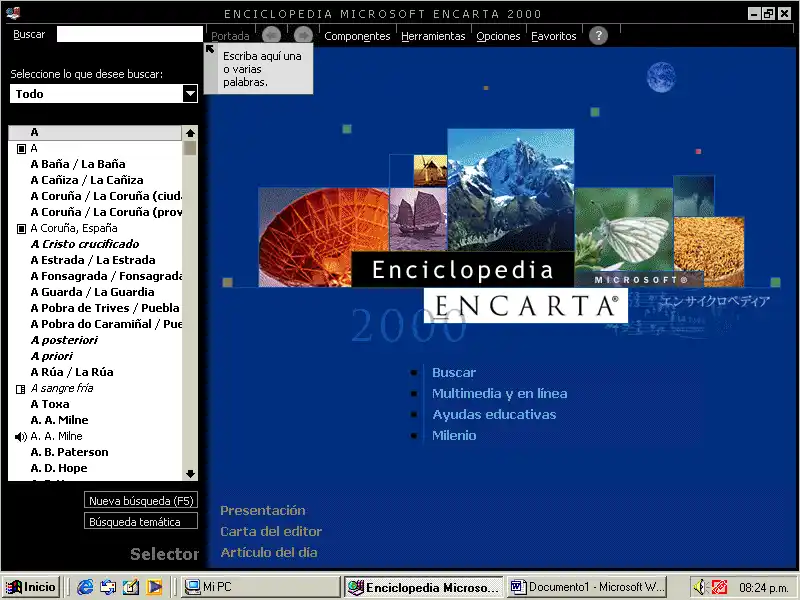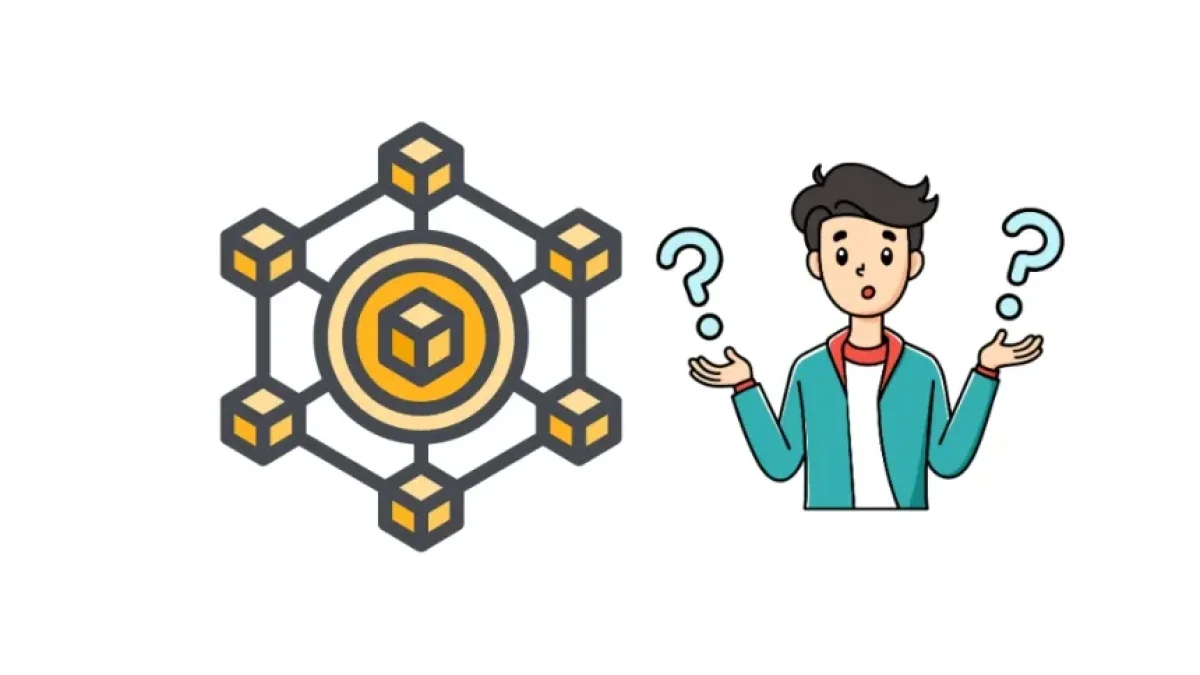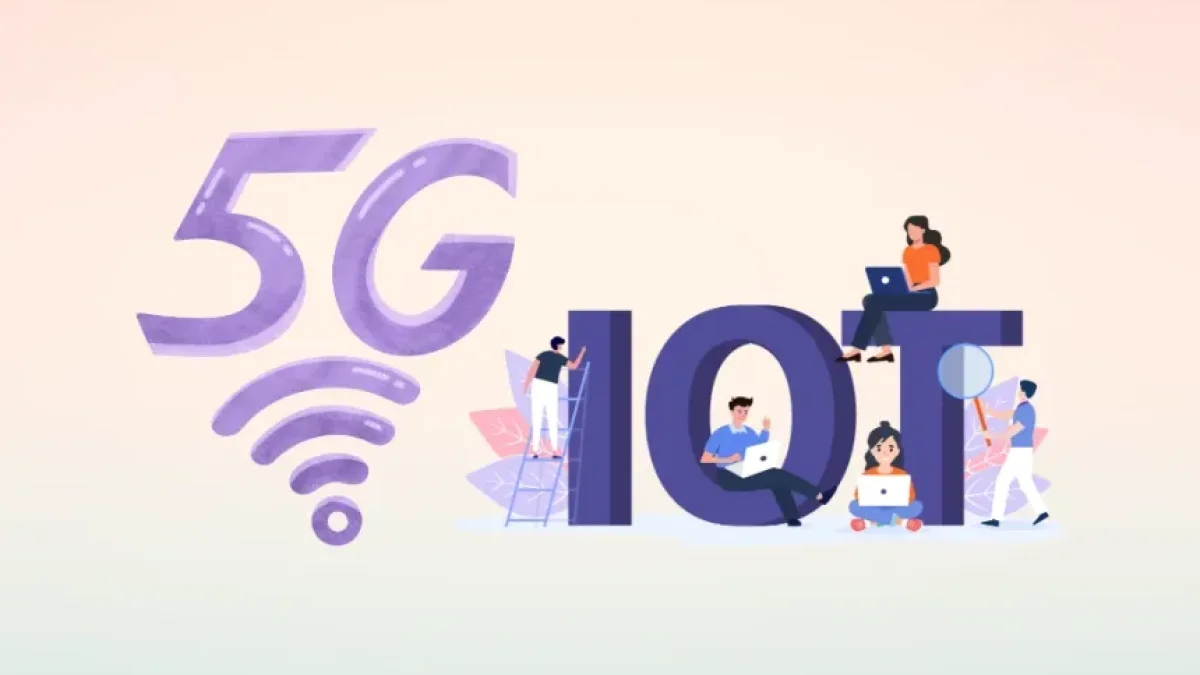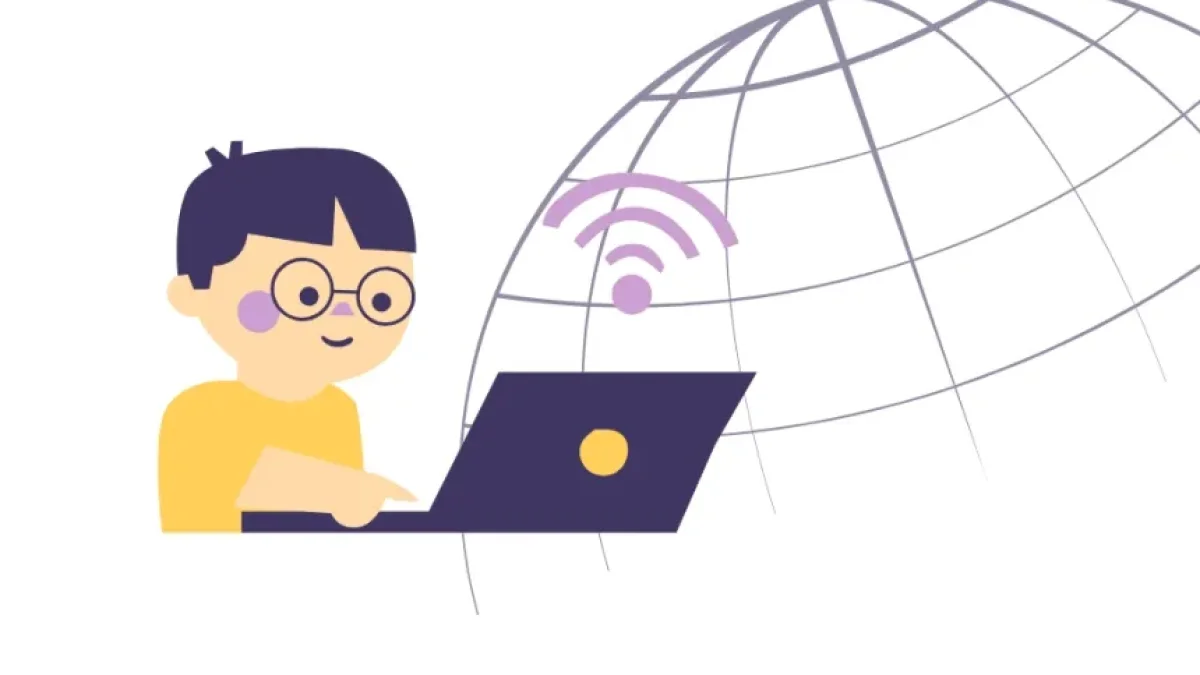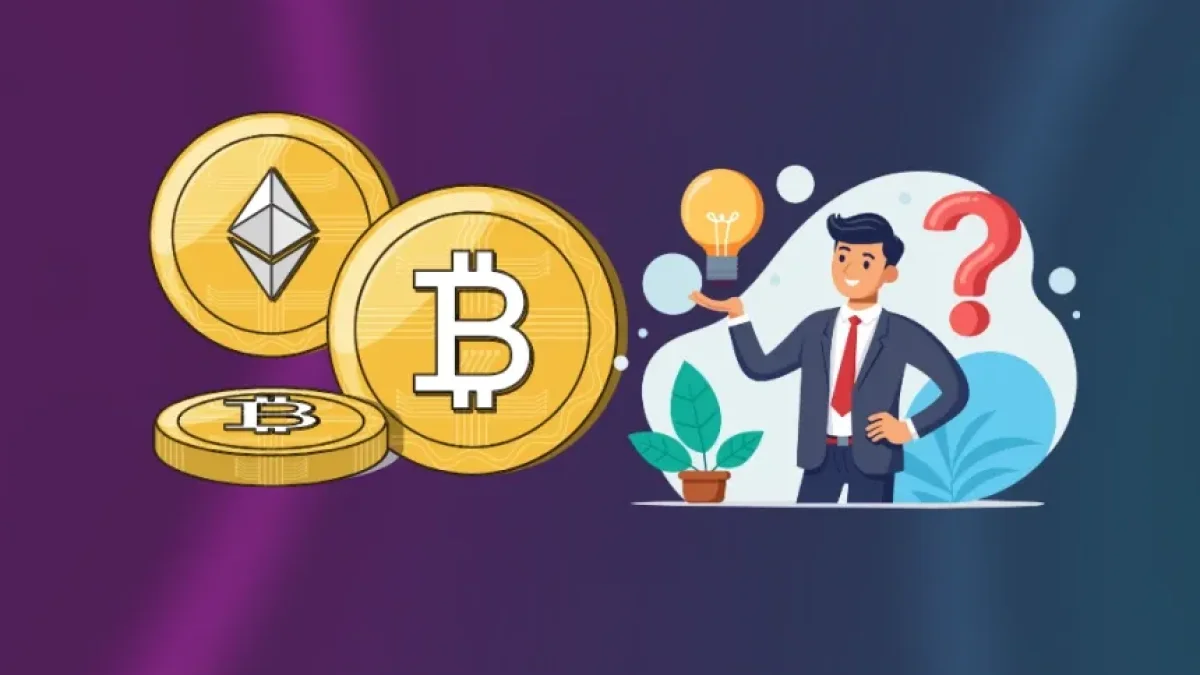What Was the Encarta Encyclopedia, and What Happened to It?

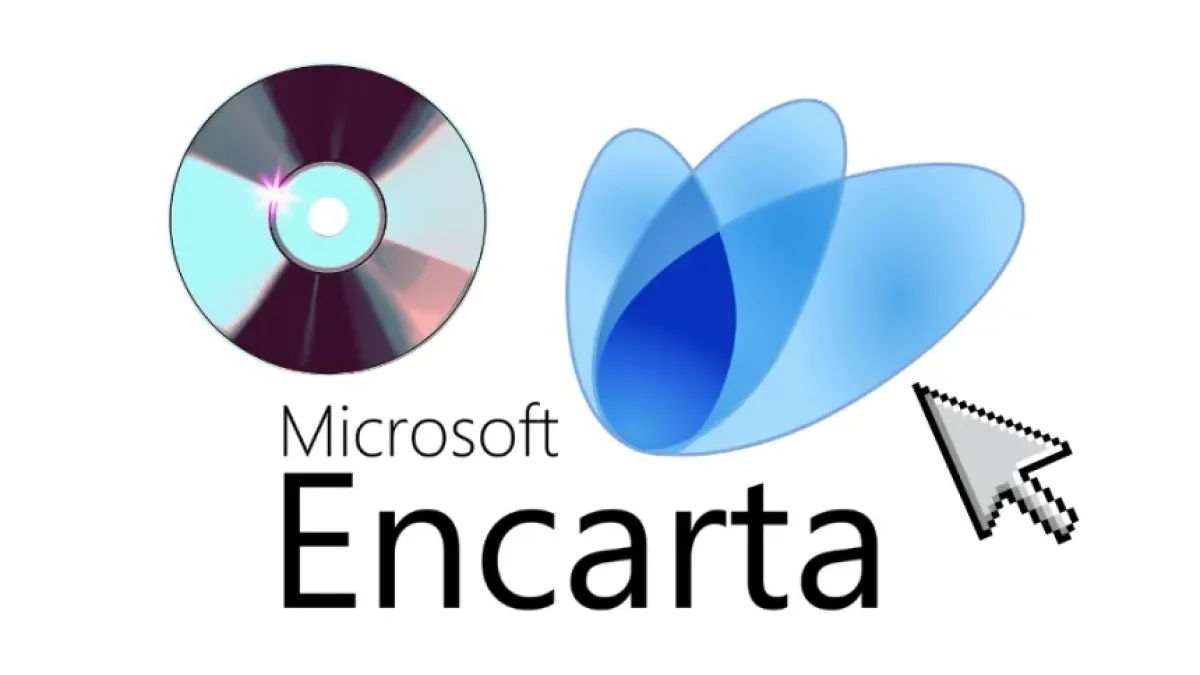
The Encarta Encyclopedia was one of the leading sources of digital information in the 1990s and 2000s. Created by Microsoft, this CD-ROM encyclopedia later went online, revolutionizing the way people accessed knowledge. However, its popularity came to an abrupt end. In this article, we will explore the history of Encarta, its features, its impact on the world of education and information, as well as the reasons behind its disappearance.
Table of Contents
- The History of Encarta
- Impact of Encarta on Education
- What Happened to Encarta?
- Legacy of Encarta
- Conclusion
The History of Encarta
Origin and Launch
Encarta was first launched in 1993 as a digital encyclopedia in CD-ROM format. At that time, internet access was not yet common, and most information was in print format. Encarta offered a modern alternative, allowing users to quickly and easily search for information.
Read also
Notable Features
Encarta stood out for several features that made it popular:
- Multimedia Content: Unlike traditional encyclopedias, Encarta included images, videos, and audio, enriching the learning experience.
- Interactivity: Users could interact with the content through games, activities, and quizzes.
- Continuous Updates: Microsoft was committed to frequently updating Encarta's content, ensuring that the information remained current.
Impact of Encarta on Education
Change in Access to Information
Encarta transformed the way students and educators accessed information. With just a click, thousands of articles and resources could be reached, making research and learning easier. This marked the beginning of a new era in education, where knowledge became more accessible to everyone.
Integration in the Classroom
Many educators began to use Encarta as a reference tool in their classes. The combination of text, images, and multimedia made learning more engaging for students. Additionally, the use of computers in school environments was promoted, contributing to greater digital literacy.
Read also
What Happened to Encarta?
The Rise of the Internet
With the rise of the internet in the late 1990s and early 2000s, the need for CD-ROM digital encyclopedias began to decline. Websites like Wikipedia offered information for free and in a collaborative manner, making Encarta a less attractive option for users.
The Discontinuation of Encarta
In 2009, after years of decline, Microsoft decided to discontinue Encarta. Despite its attempts to adapt to an online environment, competition with free and collaborative platforms was too strong. Encarta ceased to exist as a product on the market, marking the end of an era in information access.
Legacy of Encarta
Influence on Educational Technology
Despite its disappearance, Encarta left an important legacy in the field of educational technology. It can be seen as a precursor to many digital tools and multimedia resources that are used in education today.
Contribution to Digital Literacy
The existence of Encarta helped familiarize many people with using computers and searching for digital information. This was crucial for the development of digital literacy skills at a time when they were becoming increasingly necessary.
Conclusion
The Encarta Encyclopedia was an innovative tool that changed the way people accessed information. Its impact on education and digital literacy is undeniable, despite its disappearance. Years after its closure, its legacy lives on in today's educational tools and resources. Encarta represents an example of how technology can transform learning and information-seeking, while also reminding us of the rapid changes in the digital world that can render even the most revolutionary innovations obsolete.

